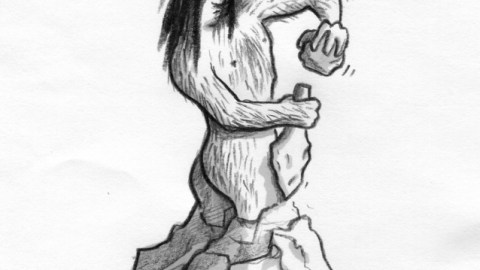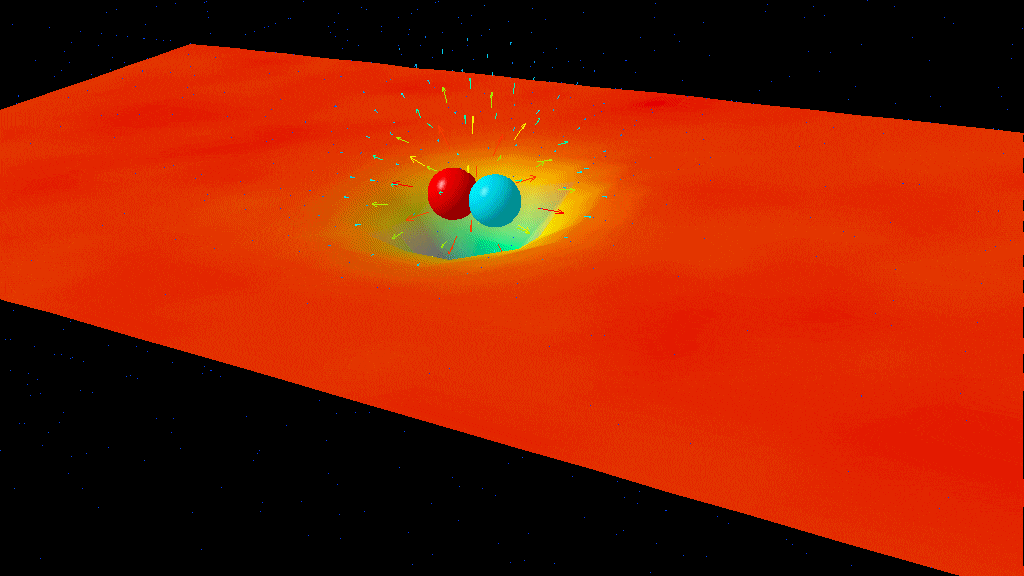Our Tools Have Changed Our Genes For Millions Of Years

Tools have changed our genes for millions of years. Paleo-people wouldn’t have been possible without them: artificial aids preceded and enabled their bigger brains. And the slings and arrows of our evolutionary fortune weren’t entirely random. “Intelligently designed” factors have long influenced our evolution.
1. Proto-people used chipped-stone hand axes over two million years ago, probably for extracting marrow from the bones of already dead megafauna. (Fossils show tool-marks overlaid on animal bite-marks). This tool-enabled nutrition triggered a 300% increase in brain size.
2. About two million years ago, the animal bite-marks and tool-marks switch, indicating that cooperative hunting had begun.
3. Tools developed very slowly. Pear-shaped hand axes remained unchanged for “a million years.” Effective spears appeared approximately 500,000 years ago and spears and arrows around 100,000 years ago.
4. Tools enabled us to “evolve biological deficits.” They substituted for “massive teeth, claws and muscles.” Becoming smaller and weaker released resources for energy-hungry bigger brains (now 2% of our mass, consuming 20% of our energy).
5. Other species use tools—chimpanzees dig with sticks—but they can manage without them. Not so for us and our ancestors: for proto-people, no tools meant no survival.
6. “Survival of the fittest” is useless without reproduction. Proto-people had helpless, ultra-dependent offspring but devised a prehistoric artificial aid still in use today. Baby slings were likely developed 1.6 million years ago. For nomadic, furless bipeds, carrying infants was arduous and consumed as much energy as lactation (approximately 500 calories daily). Baby slings = 16% less energy.
7. Our tools created strong selective pressures favoring the mental and manual skills required to make and use them. An unavoidable part of our environment for millions of years, tools that we intelligently designed have long shaped our evolution.
Marshall McLuhan’s observation that “we shape our tools, and then our tools shape us,” is deeply biologically true.
Illustration by Julia Suits, The New Yorker cartoonist & author of The Extraordinary Catalog of Peculiar Inventions





